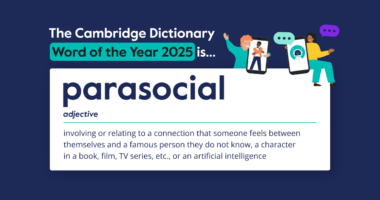Bain & Company has released a guide addressing the unique challenges Southeast Asian chief executives face in defining artificial intelligence strategies, highlighting three critical questions around focus areas, investment cases and transformation orchestration.
The consultancy’s report, titled “The Southeast Asia CEO’s Guide to AI Transformation,” examines how the region’s distinctive characteristics create specific challenges for AI adoption despite Southeast Asian online consumers being among the most engaged globally, spending 23 per cent more time on social media than the global average.
The first question addresses where SEA CEOs should focus amid bold claims around AI disruption. The region’s market fragmentation and persisting gaps in essential services create uncertainty around whether AI-native disruptors will rewrite the competitive landscape or traditional business models will endure.
The second question centres on the investment case for AI in a region where productivity gains alone rarely add to the profit and loss statement. Average monthly wages in Southeast Asia stand at 7 per cent of U.S. levels, leaving limited room for headcount reduction as a driver of return on investment from AI investments.
The SEA business landscape differs markedly from other regions, with large-cap companies accounting for only 40 per cent of market capitalisation compared to 60 per cent in India. The region’s economy remains heavily trade-dependent, with total trade representing 89 per cent of SEA GDP over the past decade versus 57 per cent globally, leading companies to adopt more conservative approaches toward AI investments.
The third question examines how to orchestrate transformation across enterprises. Research shows fewer than 20 per cent of companies have meaningfully scaled generative AI, with transformation particularly challenging in Southeast Asia due to fragmentation across markets, regulations and digital maturity.
The report identifies additional barriers including inconsistent siloed data and job displacement concerns across the region’s diverse markets.
The guide was authored by Aadarsh Baijal, Mohan Jayaraman and Hui Zhu from Bain & Company, with contributions from AI Aspire, AWS, DBS, Google, Microsoft and OpenAI.











